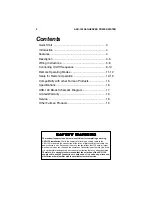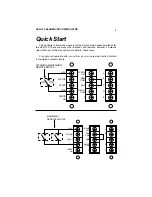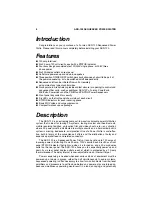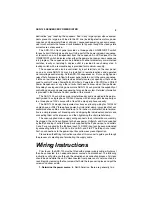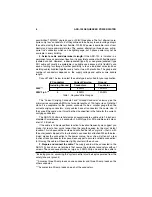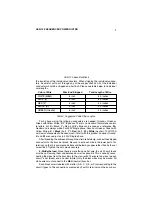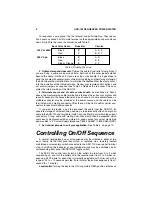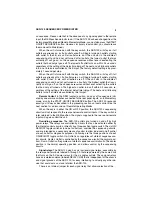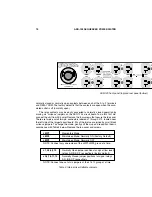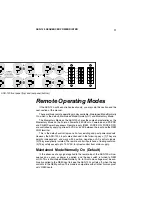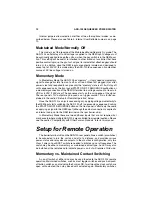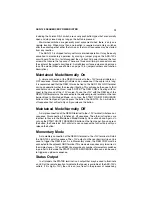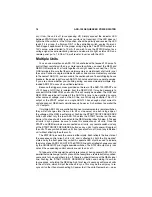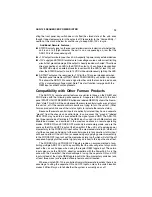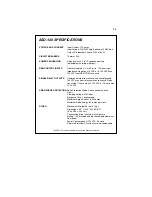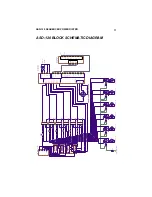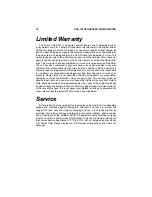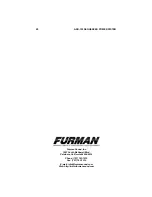
ASD-120 SEQUENCED POWER DISTRO
6
possibilities: 120/240V single phase, or 208V three phase. The first alternative re-
quires only four* conductors, but they will need to be heavy to avoid voltage drop in
the cable, making the cable less flexible. 120/240V power is available in most resi-
dential and some commercial sites. The second alternative, three phase, will re-
quire five* conductors which can be lighter gauge, but 3 phase power may not be
available in every building.
2. Select a cable and determine its length. If the ASD-120 is installed in a
permanent or semi-permanent location, it is possible to connect it with flexible metal-
jacketed conduit. However, rubber-jacketed (type S) or neoprene-jacketed (type
SO) cable will usually be preferable in portable use because of its flexibility and
ease of coiling for storage. Another possibility is to use individual wires (such as
welding cable) bundled together every foot or two with plastic ties. The gauge and
number of conductors depends on the supply voltage and cable or wire bundle
length.
Consult Table 1 below to select the cable type best suited for your application:
# Conductors
Current Carrying
Ground
Including Ground
Conductors
Conductor
240V **
4
6 AWG
10 AWG
208V 3-ph ***
5
8 AWG
12 AWG
The “Current Carrying Conductor” and “Ground Conductor” columns give the
minimum recommended AWG size for cable lengths of 100 feet or less. Note that
while it is acceptable for the ground conductor to be a smaller gauge than the
current-carrying conductors, many cables have all conductors the same size. If
they are all the same size, it must be the size specified in the table for the current-
carrying conductors.
The ASD-120’s strain relief clamp can accommodate a cable up to 1.5 inches in
diameter. For reference, a 4 conductor, 2 AWG type S or SO portable cord’s diam-
eter is 1.28 inches.
If the cable is to be moved from location to location frequently, we suggest you
make it at least a few yards longer than the length needed for the most distant
location. This is because the source end will often be left as “pigtails”—that is, with
the outer jacket stripped off a few feet and no connectors attached. When the elec-
trician makes the connection to the power source, he or she will often cut a few
inches off each conductor to expose clean copper to assure a reliable connection.
In this way, the cable will become slightly shorter with each use.
3. Prepare and connect the cable: The supply cable will be connected to the
ASD-120’s buss bars via terminals that secure the individual conductors with set
screws. These can accept wires as large as 2 AWG. Strip one end of the cable to
expose the wires. When removing the outer jacket, be careful not to nick or cut into
*Including ground, assuming the system neutral must be kept separated from the
safety (chassis) ground.
** Assumes three 20-amp loads on one conductor and three 20-amp loads on the
other conductor.
*** Assumes two 20-amp loads on each of the conductors.
Table 1, Required Wire Gauges


